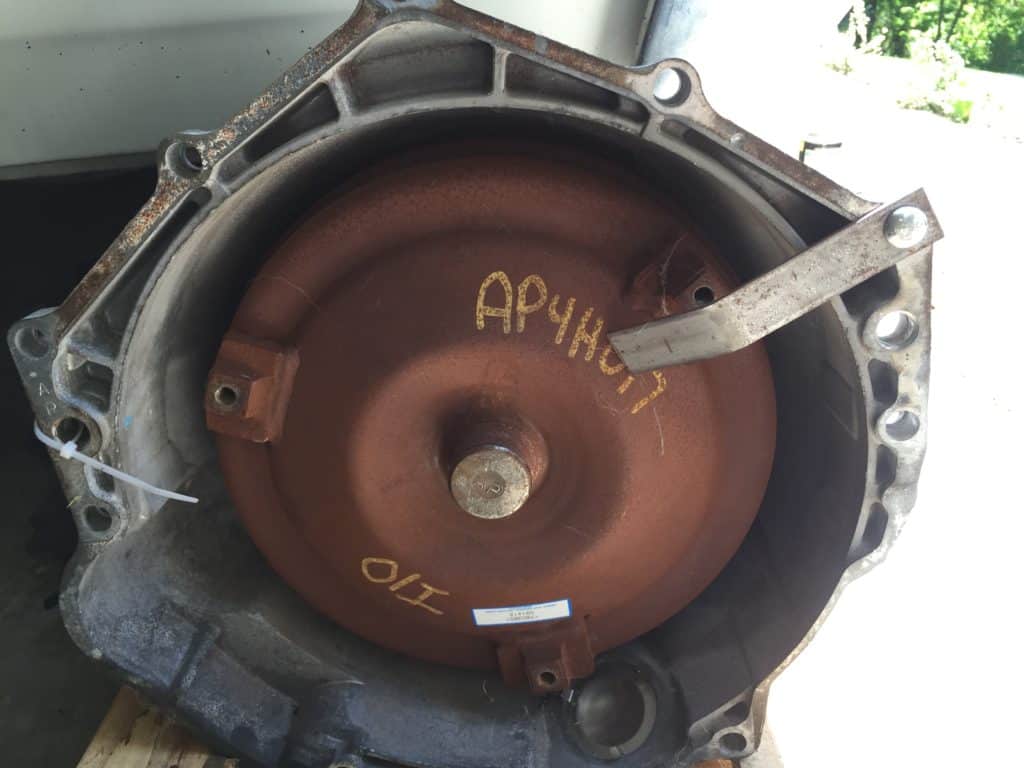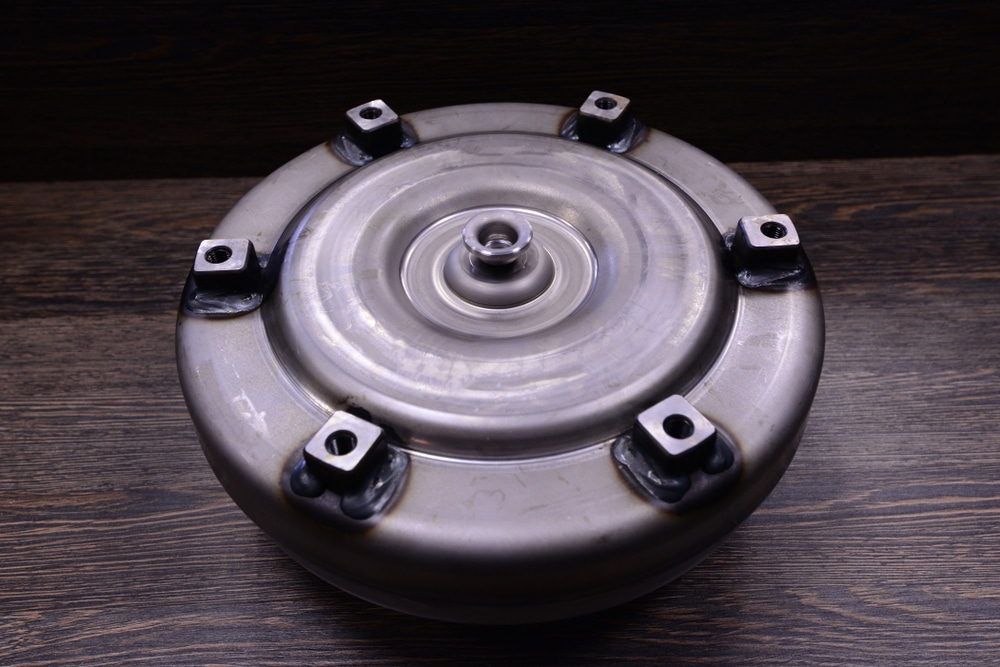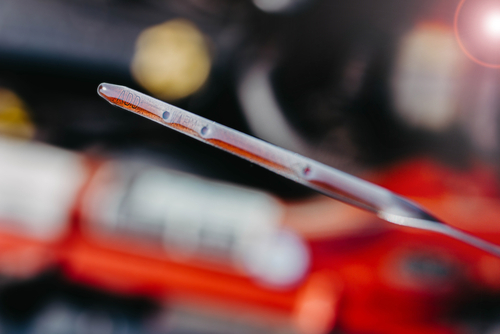
Your Chevy HHR’s torque converter is responsible for connecting and disconnecting the engine from the transmission, transferring power smoothly. When this process fails, it can lead to torque converter shudder.
Causes of shuddering can include worn torque converter clutches or the gradual application of the torque converter clutch, which may result in shuddering at varying speeds.

This shuddering sensation typically occurs when your car is traveling around 45 miles per hour and feels similar to hitting a rough patch on the road for a split second.
It is important to understand the causes and symptoms of torque converter shudder to prevent potential damage to your HHR’s transmission and ensure a smooth driving experience.
Key Takeaways
- Torque converter shudder causes a brief shake or vibration in your HHR when internal clutches apply
- Understanding the role of torque converters helps diagnose the issue
- Common causes include worn clutches or gradual application
Understanding Torque Converters
How a Torque Converter Works

The torque converter is a vital component of your Chevy HHR’s automatic transmission. It is designed to transfer power from the engine to the transmission.
It serves as a fluid coupling that connects and disconnects the engine from the transmission, allowing the vehicle to move smoothly and efficiently.
As you accelerate your Chevy HHR, the torque converter increases torque and transfers more power to the transmission, resulting in smooth acceleration. Conversely, as you decelerate, the torque converter reduces the power transfer, allowing the car to slow down smoothly.
Components of a Torque Converter

There are three main components in a torque converter:
- Impeller: The impeller is connected to the engine and determines the amount of torque being transferred. As the engine speeds up, the impeller forces transmission fluid to the turbine, increasing torque and power transfer.
- Turbine: The turbine receives the fluid from the impeller and sends it to the stator. This component is connected to your HHR’s transmission, and its rotation causes the transmission to engage and move the vehicle.
- Stator: The stator is located between the impeller and the turbine, directing fluid flow back to the impeller. This step is essential for efficient power transfer and prevents power loss within the torque converter.
Chevy HHR Torque Converter Shudder Causes
Fluid Contamination

Fluid contamination in your HHR’s transmission can lead to torque converter shudder. Contaminated transmission fluid may lose its lubrication properties, causing increased friction between the torque converter clutch and transmission.
Depleted additives in the fluid may affect the slip rate of the clutches, leading your car to shudder. It’s essential to regularly check and replace your transmission fluid to prevent such problems.
Worn or Damaged Parts
Worn or damaged parts within your torque converter can also cause a shudder. The torque converter clutch is responsible for connecting and disconnecting your engine from your HHR’s transmission.
Over time, the friction material on the torque converter clutch can wear out, causing the clutch to slip or engage improperly. This slipping or improper engagement will result in shuddering. Regular maintenance and timely repair of worn parts can help prevent torque converter shuddering.
Unbalanced Components
Unbalanced components in your car’s transmission system can contribute to torque converter shudder as well. For example, an unbalanced torque converter, worn engine mounts, or uneven wear on the drivetrain components can cause vibrations that are felt as a shudder.
Ensuring all components are balanced and regularly inspected for wear will help to minimize the occurrence of shudder.
To maintain the optimal performance of your HHR, it’s crucial to address these underlying causes, conduct regular maintenance, and seek professional assistance when needed.
Loose Torque Converter Bolts
The torque converter is bolted to your engine’s flexplate. The odds of them working themselves loose are virtually zero. But, if you’ve had your transmission or torque converter worked on, the torque converter bolts may not have been torqued to spec.
Diagnosing and Identifying Shudder
Symptoms of Torque Converter Shudder
When you experience a shuddering torque converter in the Chevy HHR, it is usually characterized by a vibration that occurs before or after the torque converter clutch lockup.
This vibration is typically felt when your HHR is moving around 40 to 50 MPH. Some common symptoms of torque converter shudder include:
- A sudden, noticeable vibration or shaking sensation while driving
- Poor acceleration or a decrease in engine performance
- Unusual transmission behavior, such as shifting irregularities or hesitation
Diagnostic Tools and Techniques

To properly diagnose torque converter shudder in your HHR, it’s essential to use the correct tools and techniques. Here are some methods you can rely on:
- Transmission temperature assessment: Make sure the transmission sump temperature is between 122°F (50°C) to 158°F (70°C) during the evaluation, as this temperature range is ideal for diagnosing shudder issues.
- Engine speed and torque range evaluation: Assess your HHR on a smooth road with an engine speed between 1100 to 1500 rpm and engine torque between 110 to 200 ft lb. These specific parameters will aid in revealing any torque converter shudder issues.
- Preventative maintenance and inspection: Regularly checking the condition of your torque converter clutch and replacing worn-out components can help prevent shudder from occurring. Vehicles with over 30,000 miles should have their torque converter and transmission oil filter replaced according to Chevy’s maintenance schedule.
Repair and Prevention
Torque Converter Shudder can be an annoying and potentially harmful issue for your HHR. In this section, we will discuss ways to repair and prevent this problem from occurring in the future.
Maintenance Tips
To maintain your HHR and help prevent torque converter shudder, you should:
- Regularly check your car’s transmission fluid level and ensure it is within the correct range. This can help keep internal components cool and functioning properly.
- Replace your transmission fluid at intervals recommended by your vehicle’s manufacturer. Fresh fluid provides better lubrication and reduces the chances of shuddering.
- Inspect the transmission fluid for signs of contamination or burnt odor. If you find any, it’s time for a fluid change.
Additionally, pay attention to any warning signs, such as strange noises and shifting issues, as these can indicate a developing problem with the torque converter.
Repair Solutions
If you are experiencing torque converter shudder in your Chevy HHR, consider the following repair solutions:
- Fluid flush: Sometimes, a simple transmission fluid flush can resolve the shudder issue. It removes contaminants and replaces the old fluid with fresh, clean fluid.
- Torque converter replacement: If the problem persists after a fluid flush or is due to excessive wear, you may need to replace the torque converter. Most repair shops recommend replacement over attempting to rebuild the converter, as it can be a more effective solution.
- Transmission control module (TCM) update: In some cases, a software update for the TCM may help address the shudder issue. Consult your mechanic or dealership to check for any available updates for your vehicle’s TCM.
Remember, it is always best to consult a professional mechanic when dealing with torque converter shudder to ensure the issue is appropriately addressed.
